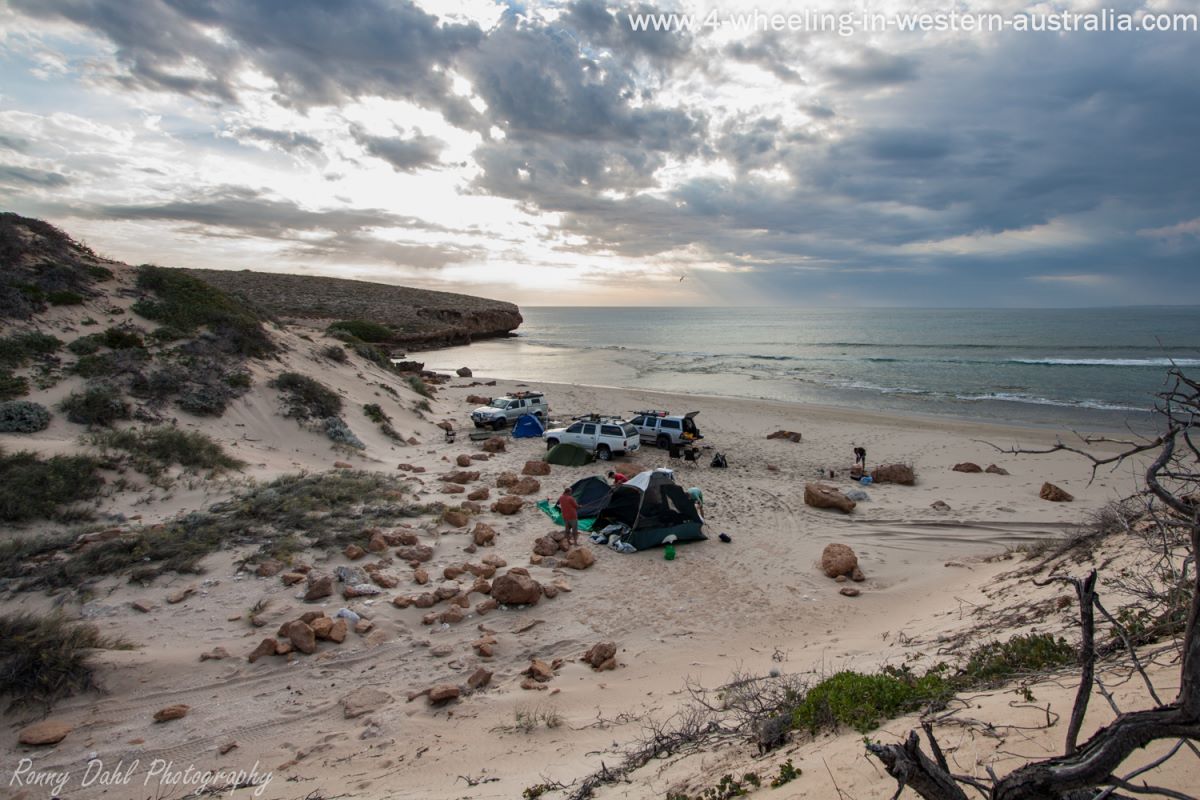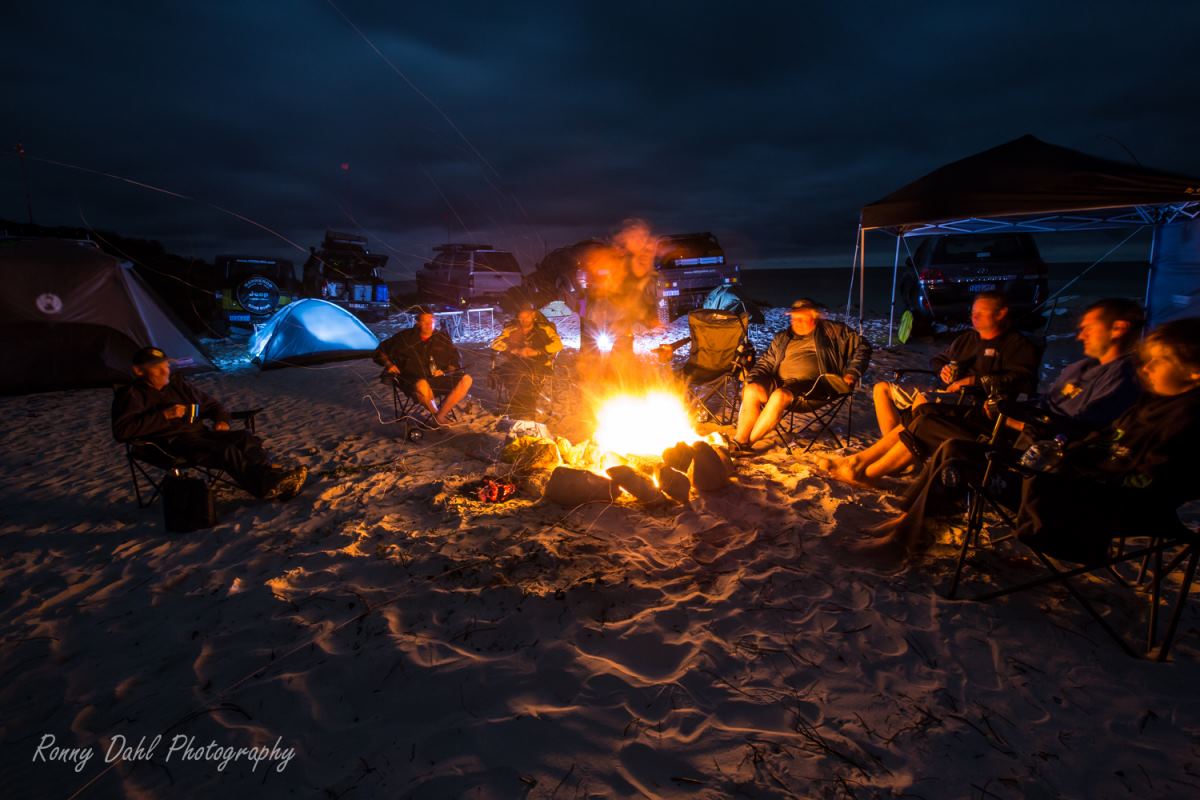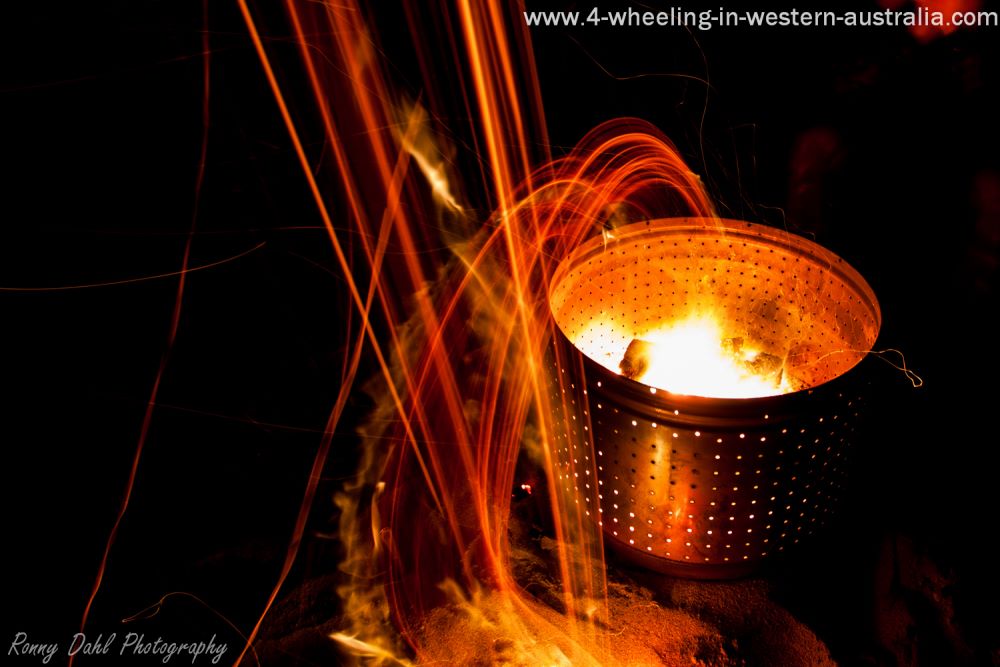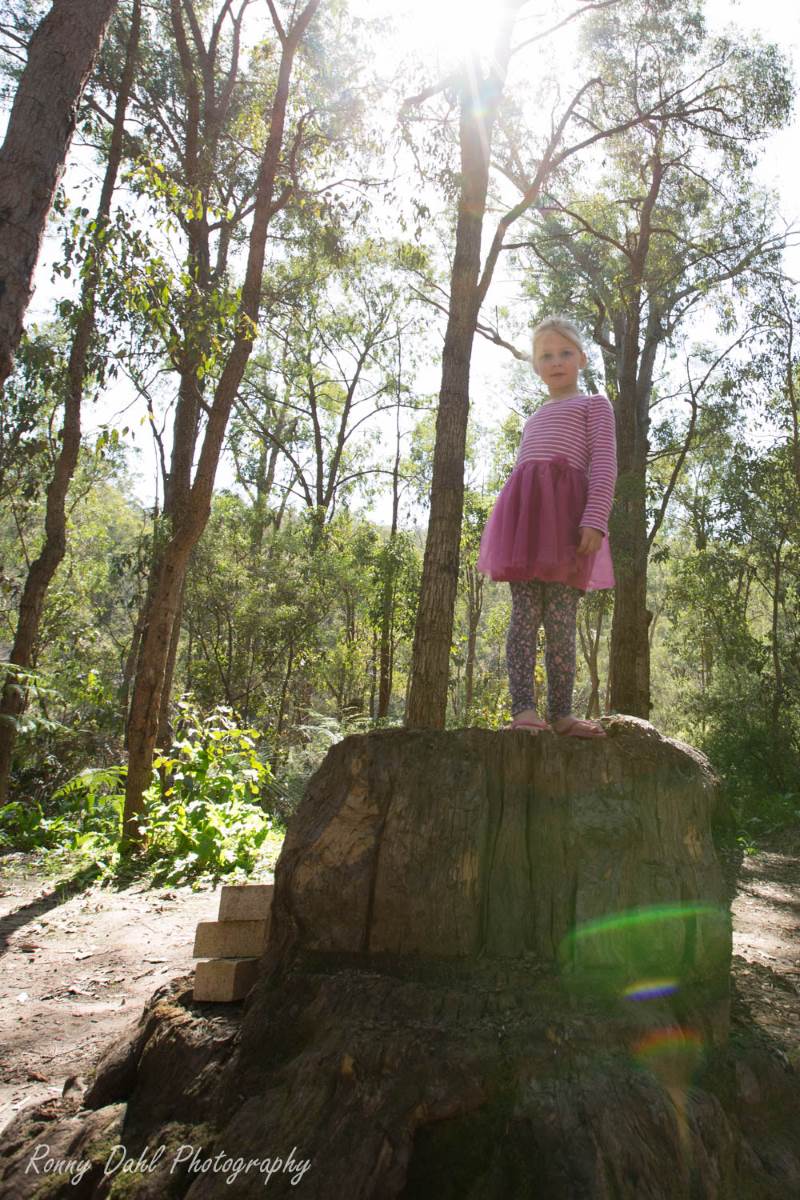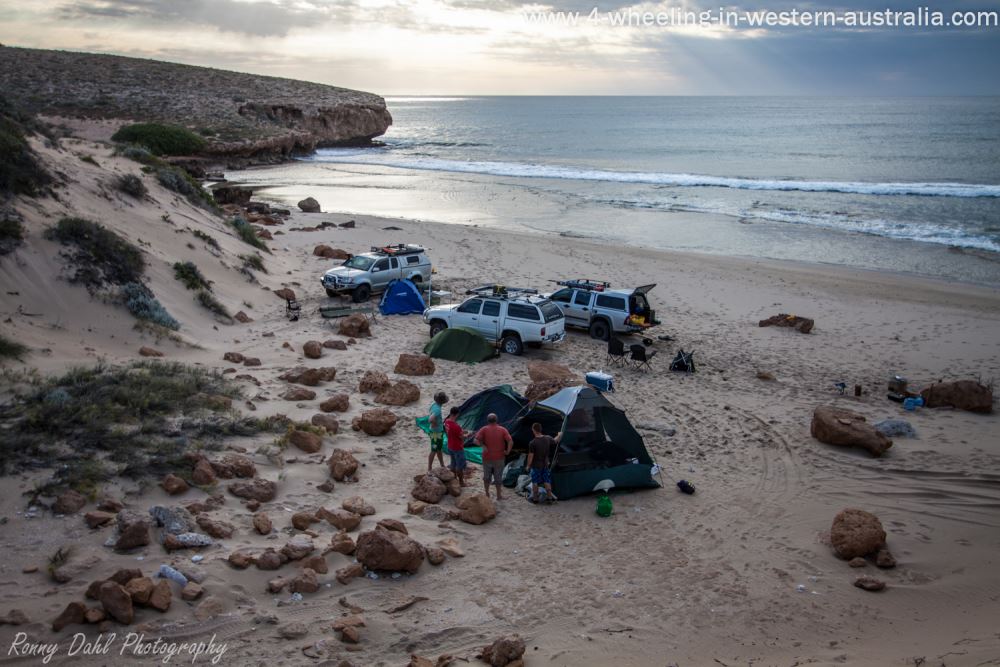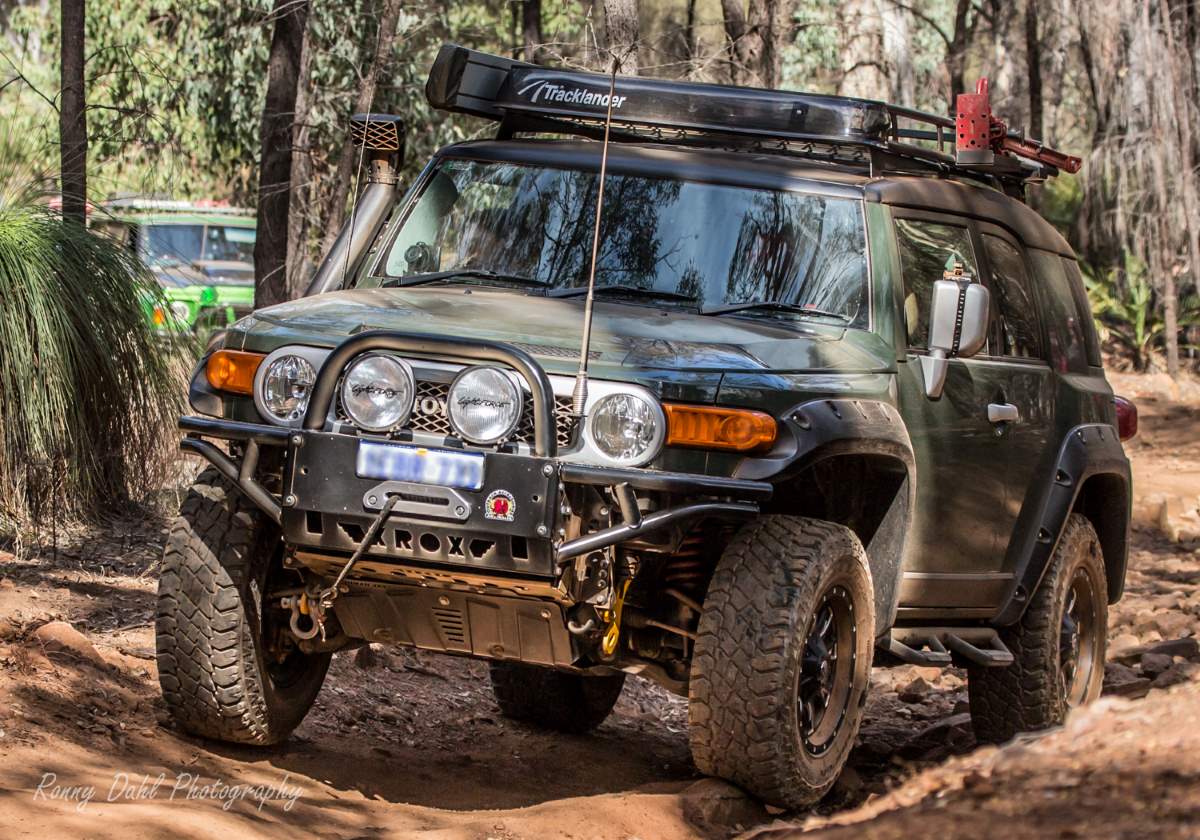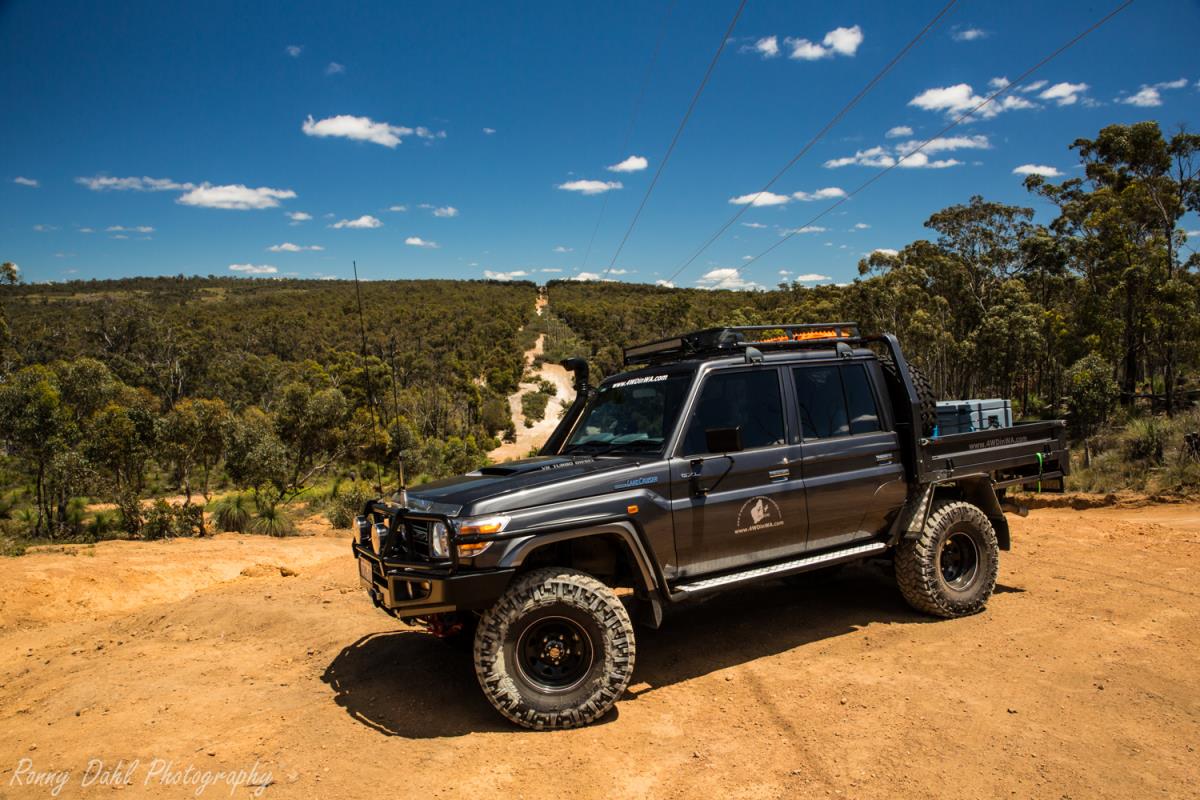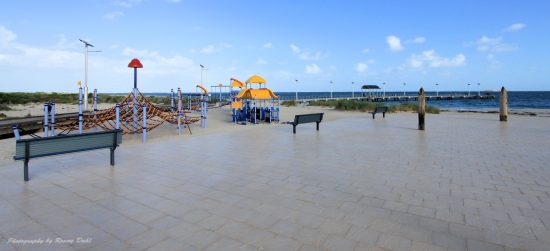
Beach Camping.
Beach camping is spectacular as you always get a sunset or sunrise over the ocean, depending on what side of the country you are on.
Camping on the beach is allowed in a lot of areas but not everywhere.
The places where camping is allowed will most of the time have an honor fee. These fees are to be paid in a drop box; some other areas are prepaid and prearranged.
One thing that can't be controlled is the weather; however planning beach camping in summer will almost guarantee no rain.
Winter is not the best time for Beach camping as heavy down pours can create very boggy sand along the beach, possibly causing problems with exiting and entering the camp site with vehicles.
The ocean swell will generally be bigger and choppier making swimming dangerous, however if into surfing big swell equals FUN!!
Coastal Winds & Beach Camping setup:
It doesn't matter what season of the year it is when beach camping, there will always be wind around.
With strong winds setting up the camp in the right place will mean the difference between a great time and a not so good time.
Most beach camping areas will have some form of wind protection, whether it be a sand dune, rocks, 4WD's or the best place in a bay. Look around and asses the wind direction. It helps to know your compass (north, south, east and west) and the latest wind forecast, wind forecasts are best found on surfing websites such as these:
www.coastalwatch.com/ and www.swellnet.com.au/
The best way to create a good wind block on an exposed beach is vehicle placement and 9 times out of ten there will be a dune of some size blocking one wind direction.
If strong easterly winds are forecast for the next morning keep this in mind, if you're currently setting up to combat the westerly winds you might get a surprise the next morning with strong easterly winds. The entrance to the tent is best faced sideways to the wind direction.
Bringing sand bags (outdoor canvas bins make great sand bags) with tie down points is a very handy thing to do, or anything lightweight that be filled with sand. Use these on tent/swag tie down points as tent pens are useless in the sand.
There are sand pegs available but in my experience the sand bags are much better.
Camping close to the shoreline:
Setting up camp close to the shoreline is best done when the tide is at its highest, this way you know how close to the ocean the camp can be placed without getting washed away.
If you do not know the tides I would highly recommend not to camp within 40 m of the ocean and even further away if the beach is flat.
Keep the 4x4s away from the shoreline, waking up the next day to see half buried vehicles isn't much fun.
If other 4 Wheel Drivers use the beach as access be sure to leave plenty of room for passing traffic, never camp on a narrow part of the beach.
Wildlife and Insects:
Be mindful of where you place your tent, beach camping on top of an ant's nest is not ideal.
If using a swag combine it with a fold out stretcher bed if possible, it will keep you off the ground, this will prevent the chance of any wildlife entering at night or during the day while your elsewhere.
If leaving the camp on a day trip be sure to close the fly nets and tent canvas doors, if left open anything could and would crawl in.
Main creatures to look out for are snakes (all types), bull ants, mosquitoes, ticks and wolf spiders.
Just be aware of your surroundings, it's unlikely a snake will enter an occupied camp; snakes are scared of humans and will only attack to defend themselves.
For insects be sure to apply tropical strength repellent and wear loose clothing at night, to avoid insect bites and keep the fly nets closed while sleeping.
Camp
fire:
Beaches are windy at times; this can make an open camp fire hard to keep lit and sometimes dangerous as embers can blow into the vegetation. Using a fire container can overcome these problems.
Tumble dryer barrel used for camp fire.
Ideal fire containers can be a 44 gallon drum cut in half or even better an old
washing machine or dryer barrel.
Washing machine or dryer barrels are great as they have tiny holes letting just
enough oxygen in and on windy days even strong winds don't really affect the
fire in a dangerous way.
Most of these barrels will fit a Weber grill on top
which makes a great cooking area.
Check for fire bans before lighting any camp fires!
Beach camping, what to do and what not to do:
- Never dispose of food, bait or fish guts near the camp; it will attract all kinds of inserts and animals to the camp.
- Never leave camp with a fire still burning.
- Always bring back what you brought in, don't leave rubbish behind.
- When nature calls always bury your waste at least 500 mm.
Best
types of Beach Camping methods:
Recent Articles
-
Goodyear wrangler MTR
Jun 28, 24 10:27 PM
I have these on my defender 90 and my Dmax Ute. I get around 100,000 km out of them. I tried AT for one change and went back to the MTs. They are gol -
4x4 off road tracks 0 to 250 km from Perth
Nov 21, 23 07:40 PM
On this page we cover 4x4 off road tracks within a 250 km radius from Perth... -
4 Wheeling Around Jurien Bay.
Nov 21, 23 07:35 PM
Jurien Bay 4x4 tracks info and general information about the area...
- Home
- 4x4 Camping
- Beach Camping
Leave Beach Camping And Go 4 Wheeling In Western Australia.
